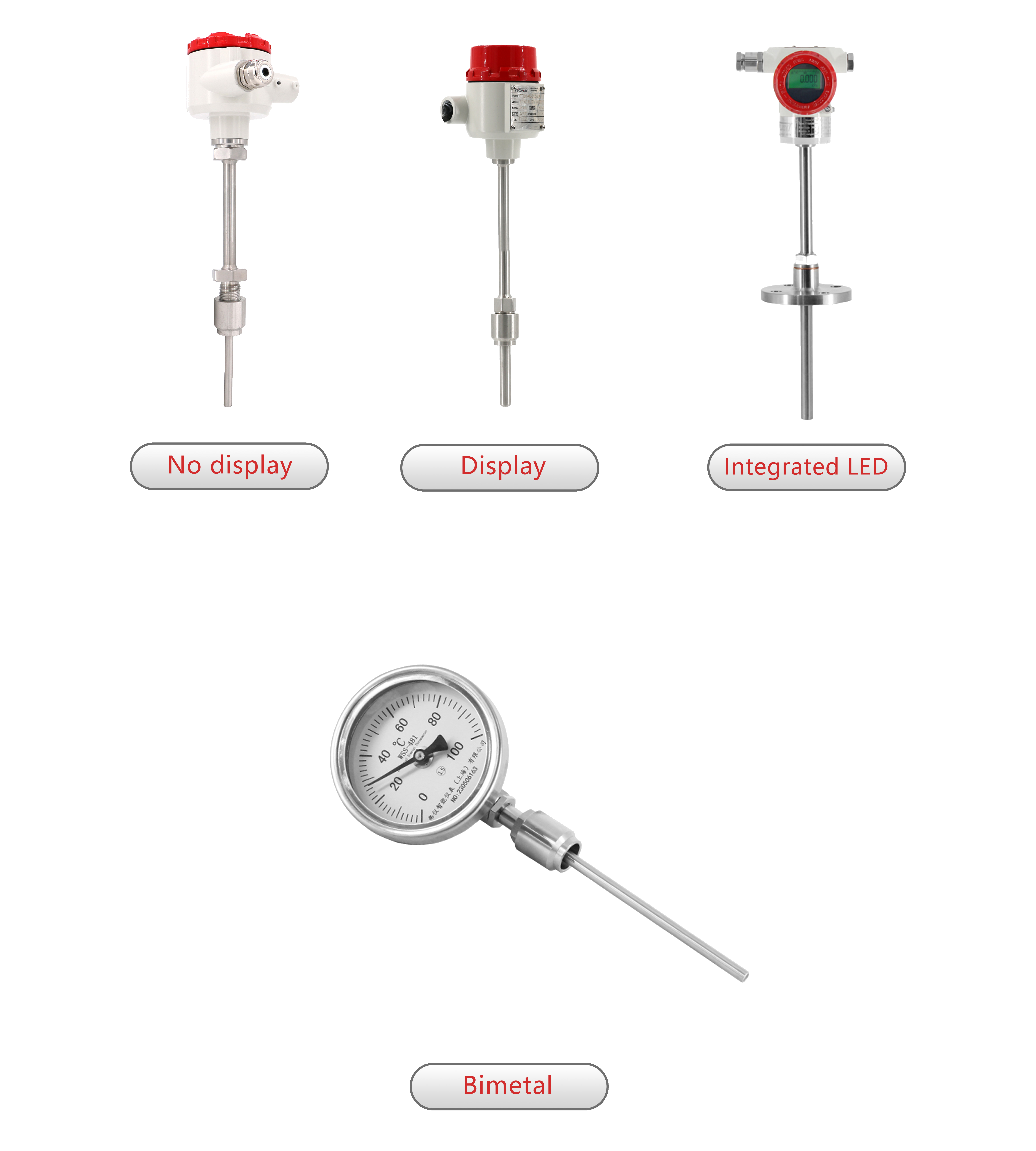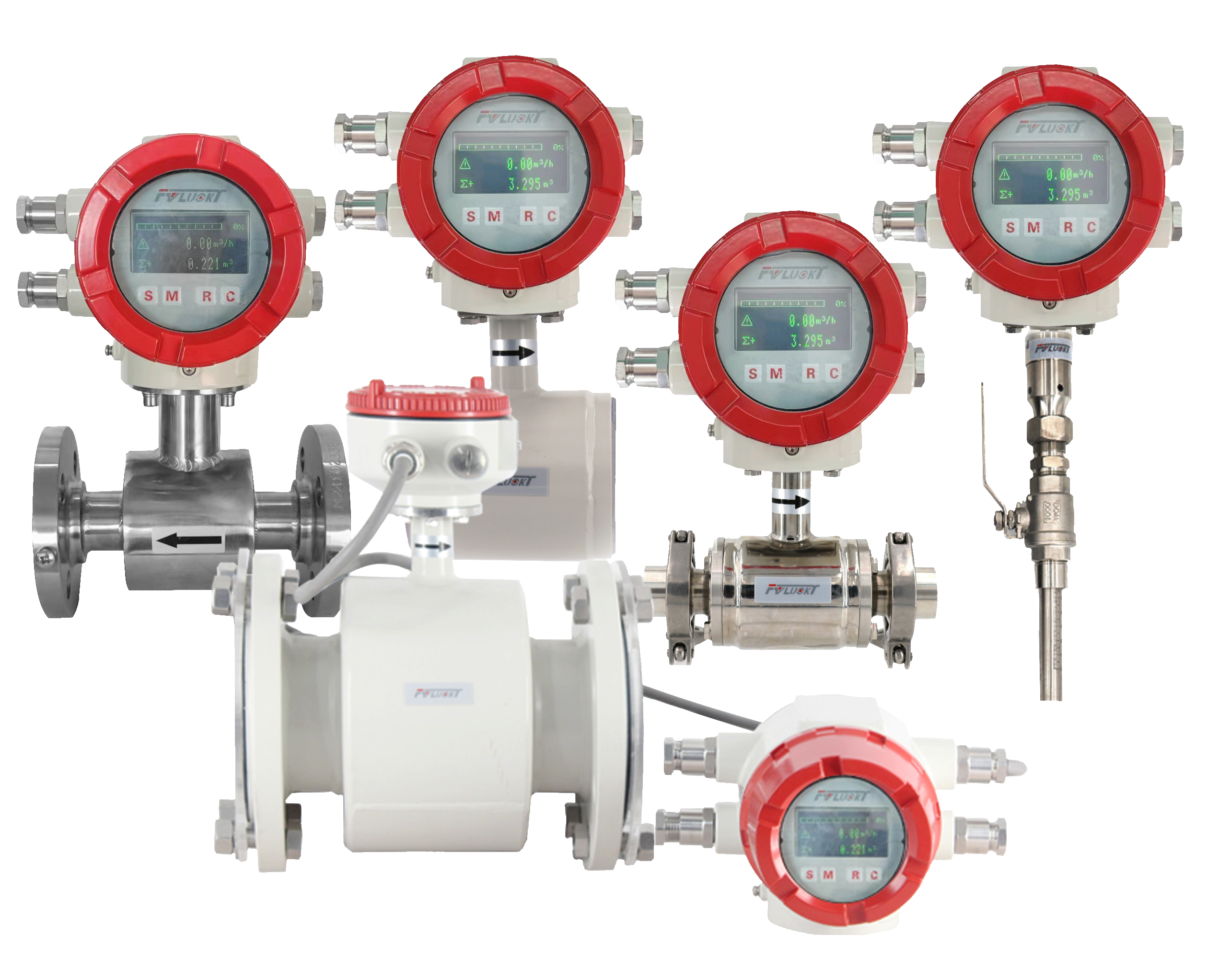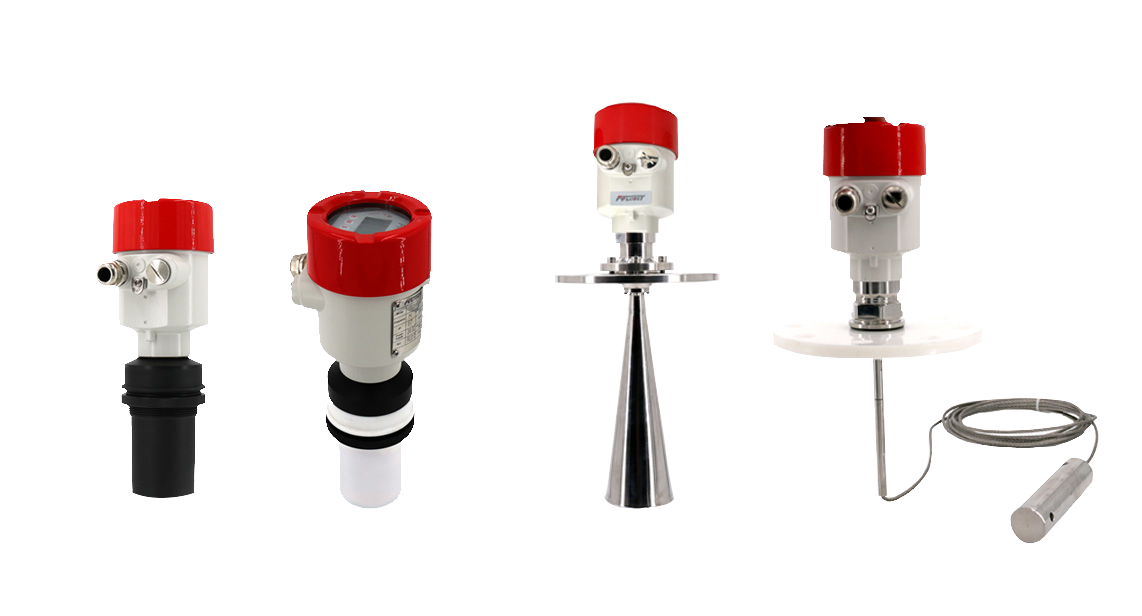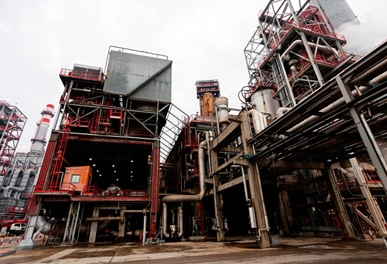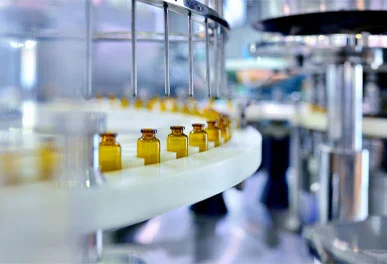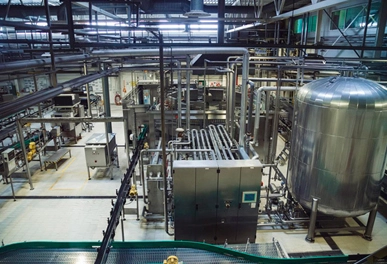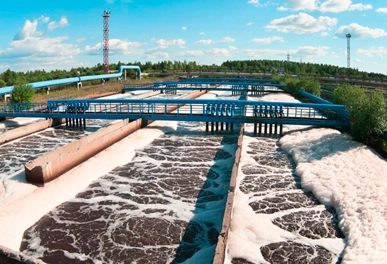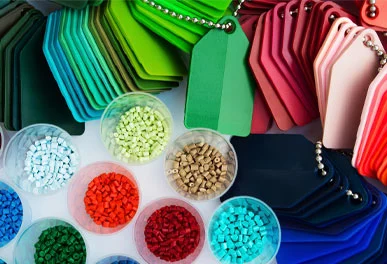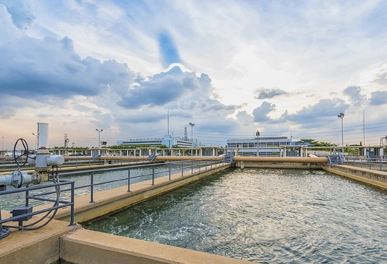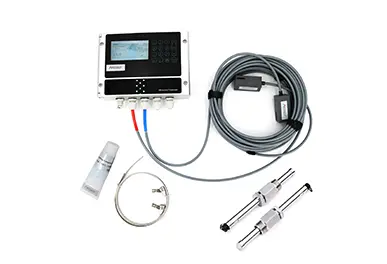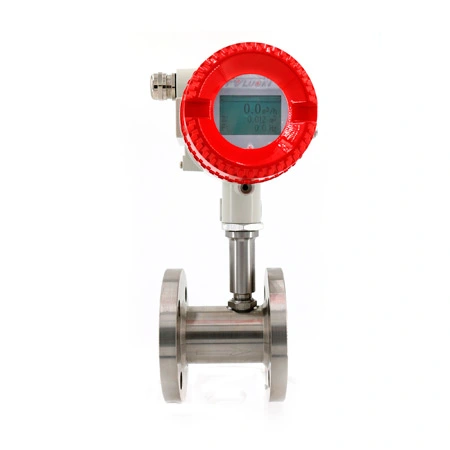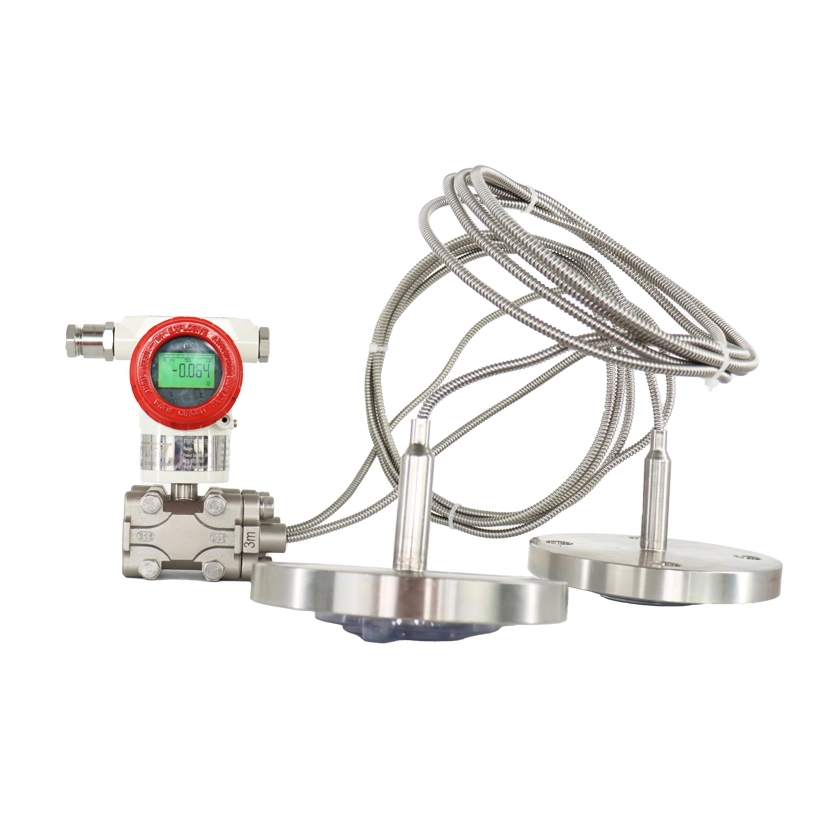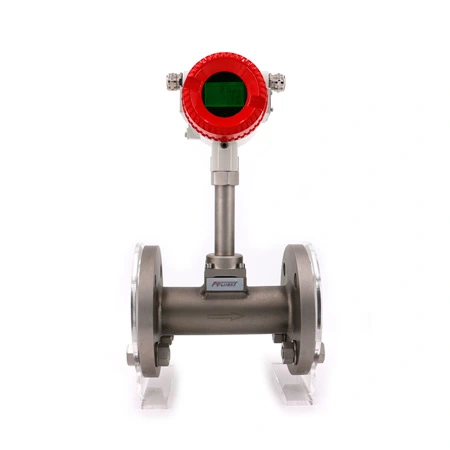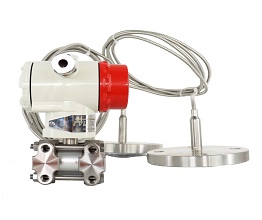Diaphragm type pressure transmitters, due to their special structural design, are widely used in industries that require high-precision pressure monitoring. When choosing a diaphragm type pressure transmitter, it is crucial to understand its applicable scenarios and technical requirements. Here are several key factors to consider when selecting a diaphragm type pressure transmitter.
Understand the Working Medium and Environment
When selecting a diaphragm type pressure transmitter, the first step is to specify the type of working medium. For instance, gases, liquids, steam, and corrosive substances may all affect the choice of pressure transmitter. Different working media have different requirements for diaphragm materials and sensor structures. Corrosive media require the use of corrosion-resistant materials such as stainless steel or Hastelloy. Understanding the characteristics of the working medium can help in choosing the appropriate diaphragm material, ensuring that the diaphragm type pressure transmitter can work stably in harsh environments for an extended period.
Consider the Pressure Range and Accuracy Requirements
The pressure range and accuracy of the diaphragm type pressure transmitter are the core elements when making a choice. Different applications have different requirements for pressure measurement ranges; it is essential to ensure that the diaphragm type pressure transmitter's operating pressure range covers the actual operational pressure range. At the same time, accuracy requirements must also be determined based on actual usage conditions. If high-precision control and monitoring are needed, selecting a diaphragm type pressure transmitter with higher accuracy is crucial.
Select the Appropriate Diaphragm Material
The diaphragm material directly affects the performance and durability of the diaphragm type pressure transmitter. Common diaphragm materials include stainless steel, titanium alloy, Hastelloy, etc. When selecting materials, factors such as the corrosiveness, temperature, and pressure of the medium should be considered. If the medium is corrosive or viscous, choosing an appropriate diaphragm material can improve the durability and service life of the transmitter.
Choosing the right diaphragm type pressure transmitter not only enhances production efficiency but also ensures safety during the production process. Understanding aspects such as the working medium, pressure range, and diaphragm materials helps in making the best decision. FVLUOKY's diaphragm type pressure transmitters will be your ideal choice.

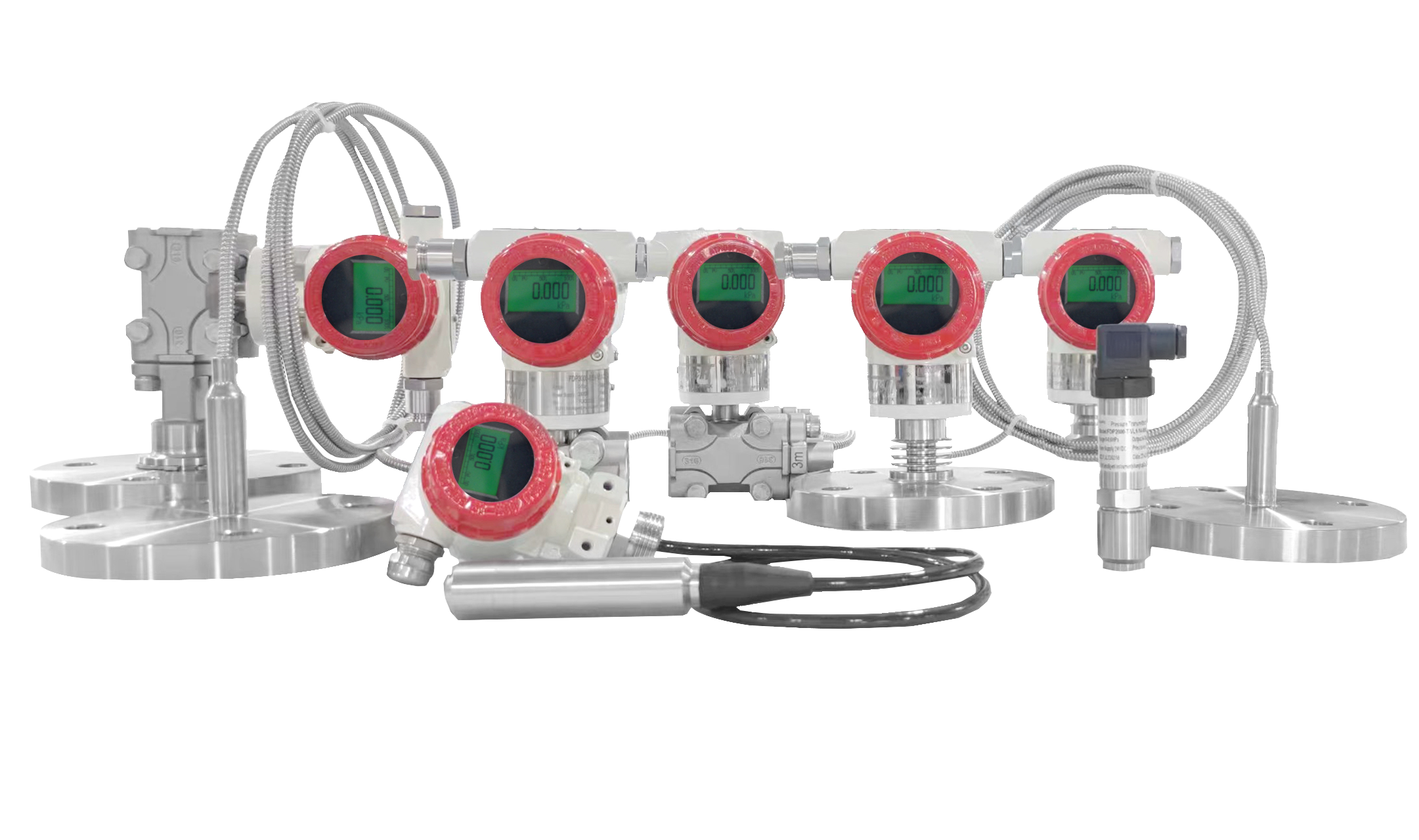 Smart Pressure Transmitters
Smart Pressure Transmitters